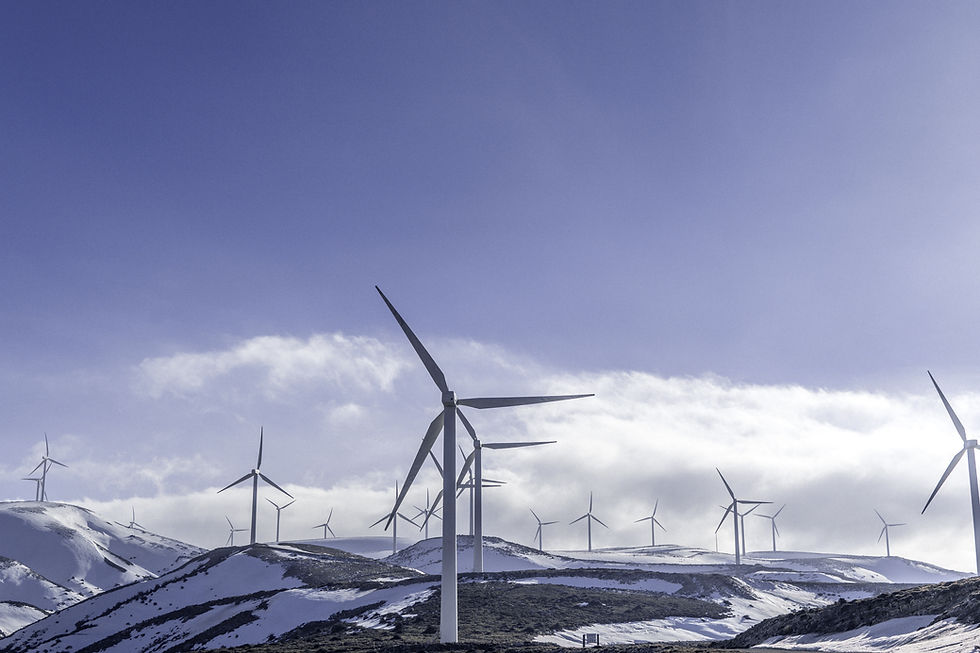
FAO Steps in Sustainability Monitoring
FAO's stepwise approach to monitoring the sustainable bioeconomy
Prepared by: Ashkan Pakseresht
FAO's stepwise approach to monitoring the sustainable bioeconomy
The EU Bioeconomy Strategy seeks a transition towards circularity and sustainability. This necessitates governing the bioeconomy’s sustainability for which the Sustainable Development Goals (SDGs) serve as a normative agenda. The challenge is to employ sustainability governance of the bioeconomy to safeguard against negative consequences while promoting positive potentials. Measuring sustainability can help with monitoring and evaluating progress, fostering broad participation by stakeholders, assessing sustainability tradeoffs, meeting or anticipating new requirements, identifying impediments, recognising excellence, and communicating results. The Food and Agriculture Organization of the United Nations (FAO) guidelines for monitoring the bioeconomy sustainability impact can provide a common ground for this endeavour.
EU Sustainable Bioeconomy Agenda
The EU Bioeconomy Strategy [1] seeks to create a circular, sustainable bioeconomy for Europe by reinforcing the link between the economy, society, and the environment. It addresses global concerns such as fulfilling the United Nations’ Sustainable Development Goals (SDGs) [2] and the Paris Agreement’s climate targets [3]. The EU is also working on establishing a circular economy by 2050 [4], developing a sustainable food system and the conservation of biodiversity. Circular and resource-efficient bioeconomy can be a key tool for making the EU more sustainable and resilient in the post-COVID-19 era.
Despite its transformational potential, the bioeconomy implementation is fraught with uncertainty and risk. Sustainable bioeconomy, encapsulated as a concept, encourages us to re-arrange and reconsider how our economies operate while also recognizing the need to innovate intending to function within ecological limitations. It is important to monitor the availability and impact of affordable, and secure biomass from EU resources in the long run to meet demands for existing as well as emerging needs. To monitor the bioeconomy sustainability, interactions with renewable and non-renewable systems as well as bioeconomic contributions to ecosystems are vital, taking into account dynamic interlinkages and substitution effects.
Governing the shift to sustainable economic growth requires a complete understanding of the broad-ranging and complex impacts of bioeconomy segments on the environment, and society at large. Thus, there is an urgent need to set up monitoring frameworks to evaluate the impacts of the multi-faceted bioeconomy.
Policy Scenarios for the European Bioeconomy to 2030 and 2050
EU Bioeconomy Strategy aims to develop a sustainable bioeconomy for Europe [5]. Different scenarios can be distinguished in a transition towards a sustainable bioeconomy. The bioMonitor project, a Union’s Horizon 2020 research and Innovation programme, identified four major likely bioeconomy impact assessment scenarios.
In the ‘Drill baby drill’ scenario, the world continues to rely on a fossil-centric global order (known as the linear ‘take-make-dispose’ model), with all sorts of policy support mechanisms for the bioeconomy abandoned in favour of expanding reliance on traditional carbon-based resources for energy and material requirements. The ‘Go-it-alone’ scenario refers to the European commitment to a sustainable bioeconomy without global commitments. The EU is pursuing its Green Deal ambition for 2030 and 2050. Within this framework, the sustainable bioeconomy is projected to enhance resource efficiency by transitioning to a clean, circular economy, as well as to preserve biodiversity and reduce pollution, without relying on international cooperation. The ‘Hand-in-hand’ scenario refers to a global commitment in which the EU and other important players in the global arena collaborate to advance the bioeconomy. In this scenario, different types of policy mechanisms (e.g., reduction/elimination of tariffs trade for bio-based products) will be required to promote a more sustainable bio-based economy at a global scale and in the pursuit of domestic policies. In the ‘BioEco-Resilience’ model all key players (nations) are pursuing to achieve the ‘two degrees’ target stipulated in the Paris Agreement through chief transformations of the energy markets and reforms in the related climate policies. In this model, the economic transition towards a climate-neutral economy is closely linked to the bioeconomy and is in line with the Paris Agreement's objective to pursue efforts to keep the global temperature increase well below 2°C [6].
The FAO Sustainability Guidance Notes
Monitoring systems enable decision-makers to analyze performance and progress toward specified strategic goals that represent an overarching vision. A full-scale bioeconomy monitoring system aids in assessing the performance and advancement of the bioeconomy in a particular region or sector. This enables a transparent assessment of the consequences of sustainable use and production of food, feed, bioproducts, and bioenergy [9]. Moreover, an internationally coherent sustainability monitoring system helps to define a commonly agreed normative definition of sustainable bioeconomy principles. This also enables the management of possible synergies and trade-offs consistent with the Sustainable Development Goals (SDGs), 2030 Agenda, and other multilateral treaties, including the Paris Agreement on Climate Change [8]. Furthermore, common monitoring approach would encourage mutual learning across regions on innovative solutions to socio-economic and environmental concerns. It also facilitates the sharing of effective procedures and policies [10].
The FAO’s guidance note outlines a number of prevailing steps to establishing an effective and resilient system for monitoring a sustainable bioeconomy. These steps can be broadly clustered into three stages that determine three types of frameworks [8].
a conceptual framework, where all the components of the monitoring system are defined;
an implementation framework, where indicators are loaded into the conceptual framework and data collecting procedures are chosen; and
an assessment and communication framework, where the trends are evaluated and communicated.
Continue reading this article at the link below
FAO's stepwise approach to monitoring the sustainable bioeconomy » Novialia
Power in Numbers
30
Programs
50
Locations
200
Volunteers
Project Gallery


